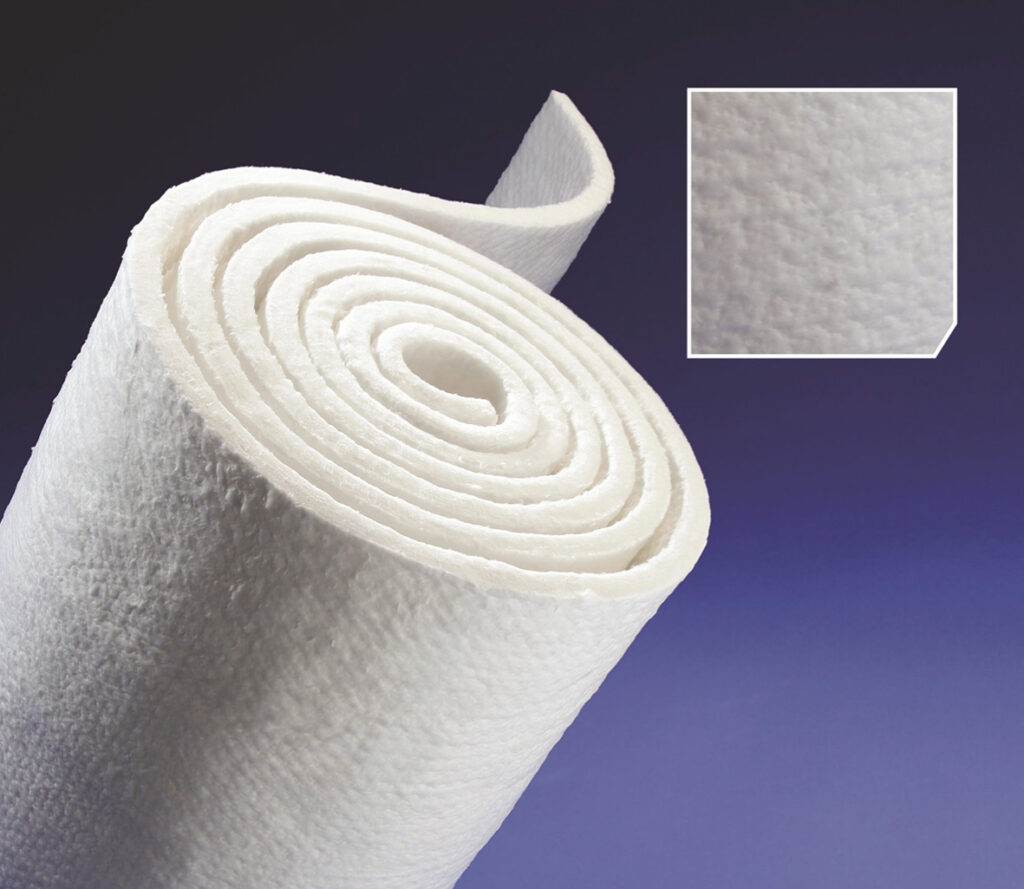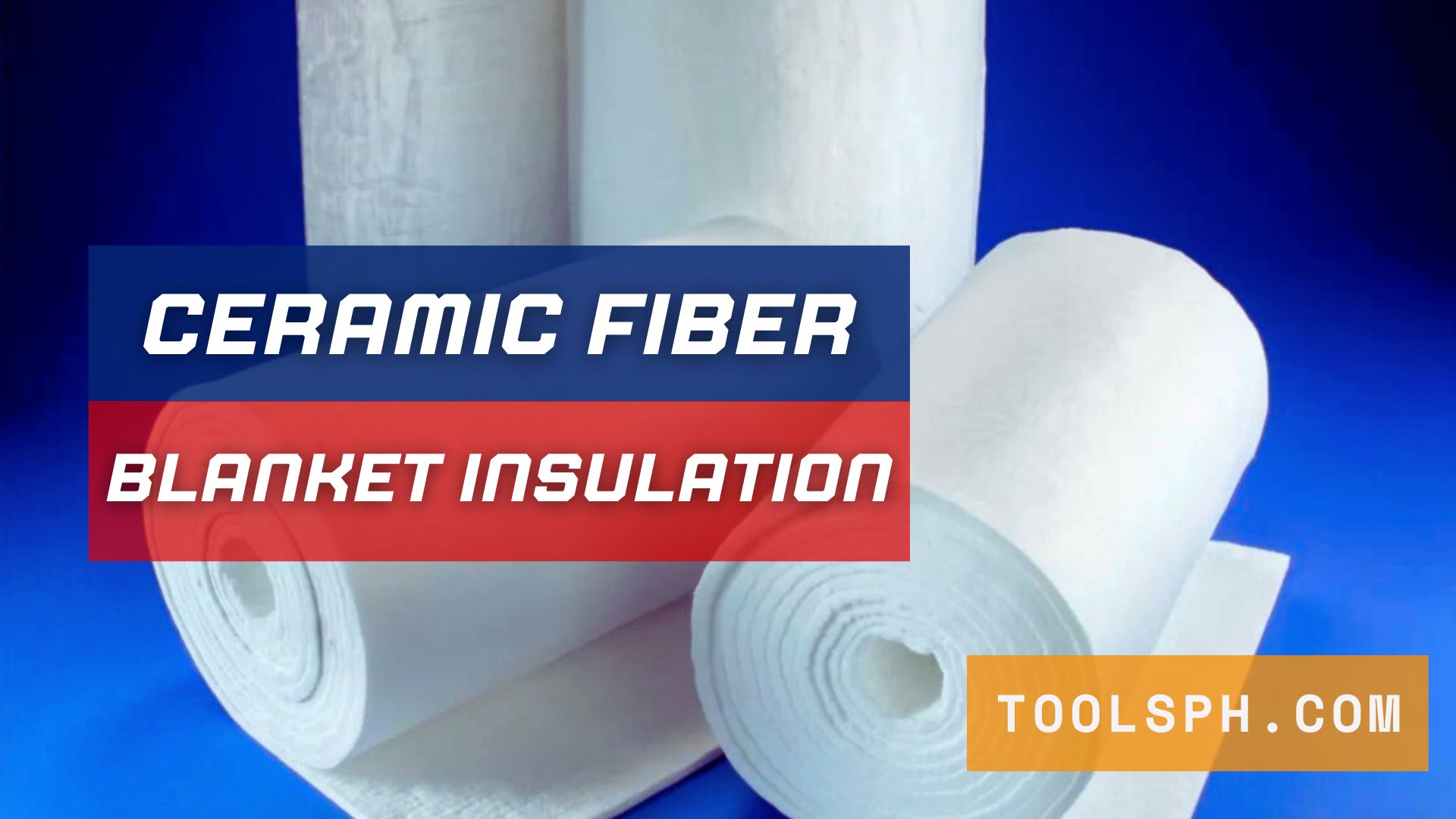Ceramic fiber blanket insulation is highly valued for its lightweight nature, excellent insulation properties, and resistance to high temperatures. These traits make these materials usable in a variety of applications where traditional insulations are not usable due to the risks of degrading or failing. Although they are typically more expensive than the traditional insulations, the benefits they provide far outweigh their cost which is why various industries use them.
Ceramic Fiber Blanket Insulation Prices
The prices of ceramic fiber blanket insulation vary depending on the material, size, and density. On average, this insulation material has a price range of ₱4,000.00 to ₱6,300.00.
| Description | Size | Density | Price |
| Ceramic Fiber Blanket Insulation | 25MM x 0.6M x 7.2M | 96kg/cum | ₱4,000.00 |
| Ceramic Fiber Blanket Insulation | 50MM x 0.6M X 3.6M | 96kg/cum | ₱4,000.00 |
| Ceramic Fiber Blanket Insulation | 25MM x 0.6M x 7.2M | 128kg/cum | ₱5,500.00 |
| Ceramic Fiber Blanket Insulation | 50MM x 0.6M X 3.6M | 128kg/cum | ₱5,500.00 |
| Ceramic Fiber Blanket Insulation with Wiremesh | 25MM x 0.6M x 7.2M | 96kg/cum | ₱4,600.00 |
| Ceramic Fiber Blanket Insulation with Wiremesh | 50MM x 0.6M X 3.6M | 128kg/cum | ₱4,800.00 |
| Ceramic Fiber Blanket Insulation with Wiremesh | 25MM x 0.6M x 7.2M | 96kg/cum | ₱6,100.00 |
| Ceramic Fiber Blanket Insulation with Wiremesh | 50MM x 0.6M X 3.6M | 128kg/cum | ₱6,300.00 |

Advantages of Ceramic Fiber Blanket Insulation
Low Thermal Conductivity – The low thermal conductivity of ceramic fiber blankets helps reduce heat transfer. This property is crucial for maintaining consistent temperatures in industrial processes, which can improve energy efficiency and reduce operating costs.
Chemical Resistance – This material has chemical, acid, and alkalis resistance that makes them usable even if they are installed in environments where they are always exposed to corrosive substances.
Thermal Shock Resistance – The ceramic fiber blanket insulation has an excellent resistance to thermal socks which allows it to be able to withstand rapid changes in temperature without even cracking or spalling.
Disadvantages of Ceramic Fiber Blanket Insulation
Cost – Ceramic fiber blanket insulation can be more expensive than traditional insulating materials, which could impact the overall cost of your project.
Limited Availability – In some regions, ceramic fiber blankets are not as readily available as other types of insulation which could affect their suitability for certain projects or applications.
Brittleness – The ceramic fiber blanket is brittle and can break or tear easily which is why care must be taken during handling and installation to prevent damage. Also, protective measures, such as using padding or supports are also highly recommended to help reduce the risk of breakage.
Video of Ceramic Fiber Blanket Insulation
FAQs
What is a ceramic fiber blanket used for?
The ceramic fiber blanket can provide thermal insulation and can withstand temperatures up to 2300°F which makes it perfect for use in applications such as furnaces, kilns, and ovens.
Is ceramic Fiber a good insulator?
Yes, ceramic fiber is a good insulator due to its low thermal conductivity and excellent thermal stability.
Is ceramic fiber heat-resistant?
Yes, ceramic fiber has excellent heat-resistant properties, allowing it to be able to withstand temperature.
Can ceramic fiber insulation get wet?
Ceramic fiber blanket insulation is not designed to be waterproof and can absorb moisture if exposed to water or high humidity.
How does ceramic fiber insulation work?
Ceramic fiber insulation works by trapping air pockets within its structure, reducing heat transfer through conduction and convection, helping them maintain high temperatures, and preventing heat loss in furnaces and kilns.


